Editor’s note: This is the second of a three-part installment on Bonnie and Clyde’s Enid connection. The first part, "The good, the bad and the ugly — all in Enid," published Oct. 30, 2017.

Joe Cummings
Labor Day on Monday, Sept. 4, 1933, was a good day for the Charles A. Kline Family (“Charlie”; wife Emma; sons Raymond, 17, Arvis, 14, Kenneth, 12, and Billy, 4) as they sat down to eat their evening meal on a farm northwest of Drummond.
According to The Enid Morning News article of Sept. 5, 1933, and “Sketches of My Existence” book by Raymond Kline, their world suddenly changed with a knocking at their door. Charlie and Emma both went to answer it to a man holding a machine gun.
“We need a butcher knife!” he hollered as he barged in carrying a woman with his party.
Charlie got the butcher knife as the man told him to use it to remove a shell stuck in the machine gun. The man asked about a phone, which they didn’t have.
“Now, woman, I want you to wash and scrub this (lady’s) legs where she has all this mud on her,” the man told Emma. “When you get to the wound, find something to stop the bleeding and dress the wound real good.”
The butcher knife didn’t work, so Charlie said he had a vice and rods in his shop that would take the stuck shell out.
“OK, Bud,” the man said. “You carry the machine gun. … Don’t try any foolishment, or this pistol will be emptied of its bullets.”
Afterwards, Charlie said “that opening in that gun barrel looked as big as a silver dollar. … I was shaking like a leaf in the wind.”
Somehow, Charlie dislodged the shell. The man asked for their car, which had two flats and the engine didn’t work, so Charlie told him Perry Nance, their neighbor to the west, had one. The man took the machine gun and left.
Emma was “having problems with the woman,” according to the Kline book. She had fallen face down in the mud several times, and the bullet wound was bleeding much faster. The lady would scream each time Emma got close to the wound. She finally cleaned and “put some Mentholatum on the wounds,” dressing them with “strips of cloth from flour sacks, then wrapped her whole leg with strips cut from feed sacks.”
The man returned with a car. As they loaded up and headed off west, the undersheriff reportedly “took several shots at them, but this did not deter them. … They knocked out the back window of the car, stuck the machine gun through it and gave the undersheriff a few warning shots,” according to the book.
Arvis and Kenneth reportedly went to the mud flats west of Drummond and “came upon this new 1932 Ford V8 car with all of its doors open, stuck solid in the mud.”
Footprints led back directly to their house.
“Inside the vehicle were guns laying on the floor and a jar of small change,” Kline wrote.“ … My folks were dealing with the Bonnie and Clyde Barrow Gang.”

Armed with a shotgun, Bonnie Parker reaches for a pistol in companion Clyde Barrow's waistband.
The car stuck in the mud was Clyde’s favorite, a woman with the gang, arsenal in car which they usually had — it all seemed to fit. Others thought it was Pretty Boy Floyd.
Letter provides a clue
The Enid Morning News article of Sept. 5, 1933, stated “in the abandoned auto also was an unsealed letter addressed to Harvey Bailey.” Although unsigned, it was speculated to be written by Charles Arthur “Pretty Boy” Floyd.
On July 22, 1933, George “Machine Gun” Kelly, Albert L. Bates and Harvey Bailey orchestrated the kidnapping of Oklahoma oil tycoon Charles F. Urschel for a ransom of $200,000. The article in the Sept. 6, 1933, Enid Morning News stated Bailey and Bates were to stand trial in Oklahoma City for the kidnapping. Kelly was still being sought.
Bailey was called “The Dean of American Bank Robbers.” He allegedly robbed the Denver Mint, he got $2.7 million from the Lincoln National Bank of Lincoln, Neb., “the largest on record” according to the Niagara Falls Gazette, Sept. 14-15,1933.
In The Enid Morning News of Sept. 5, 1933, Bailey had described Pretty Boy as a “‘ small fry’ in banditry.”

Known as “The Dean of American Bank Robbers,” Harvey Bailey is seen in this 1933 mugshot in Dallas. An unsealed, unsigned letter addressed to Bailey and discovered in an abandoned automobile stuck in the mud of the Drummond Flats was published in The Enid Morning News on Sept. 5, 1933.
“You’ve talked yourself into the joint,” the letter read. “Now … you’re talking about Pretty Boy, and it may be if you talk fast enough, you’ll miss the chair. … It has always been mysterious to me why they didn’t design tough guys like you to catch me. … It is no object to steal a harmless man.
“I may be a ‘smalltime hister’ and you the brains of money, a $200,000 plot, still I’m outside enjoying the few dollars I make while you are wracking your enormous brain trying to beat the chair.”
‘Get my car!’
However, the real story began at the south end of Buchanan Street in Enid on Labor Day, Sept. 4, 1933. At 11:15 a.m., the Enid Police Department received a call from an attendant named Freeman Scarlett at the filling station at the south end of Buchanan Street. He said a “heavily armed” group of four people had stopped and “asked him for a Kansas road map.”
He believed them to be “Machine Gun” Kelly and “Pretty Boy” Floyd. According to The Enid Morning News article of Sept. 5, 1933, Police Chief John W. Burns and Deputy Sheriff Elmer Hutchinson answered the call. (Ruth Ann Sailors said her dad, David K. Brown, who owned and operated Enid Implement Co., was picked up by Deputy Sheriff Hutchinson — they were friends and hunting buddies — and was present at the following events.)
The authorities reportedly started west on Maine when they saw a four-door Ford V8 bearing Texas plates. The car cut through a filing station at Madison and Maine, then went west. They gave chase. As they neared the 900 block, occupants of the Ford began firing a machine gun.
“They raced on to Buchanan, turned south to Lahoma road and went west, with officers close behind,” according to The Enid Morning News. “They turned south, east of Drummond highway, but came back to the gravel about 3 miles north of Drummond, then turned south. At the north edge of Drummond, they turned west, going about a mile and a half onto the Drummond Flats” where the car became stuck in the mud.
Hutchinson had left Burns at Drummond to call for help, but he was right behind the Ford. About 50 shots were fired at him from the fugitives’ car. All he had was a pistol, so he went back to Drummond to get a high-powered gun and help.
In the air, Harold Kindred piloted a plane which George Davis and Malley Smith, armed with rifles, reportedly “flew over the scene and fired shots” into the Ford.
However, the gang had already left the car and were at the Kline Farm and then to take Perry Nance’s car. Hutchinson picked up former peace officer Charles Allen and went back. A Model A was coming out of a farm driveway, and Perry Nance was yelling at them, “Get my car!”
They gave chase through Meno, both groups firing at each other as they went. Hutchinson lost them at Ringwood.
Sailors said her father told her they went back to the car stuck in the mud. When the gangster fired at them from the car, the machine gun jammed and he beat it with a Colt 45 trying to fix it. On the floor of the car was the Colt 45, which was engraved as U.S. Property and a model 1911 U.S. Army with scratches on it from the beating. It was one of the ones stolen from the Enid Armory on July 7, 1933. The crook had hit the machine gun so hard that the Colt broke into pieces. Sheriff Hutchinson handed the gun pieces and a pair of ladies red high heel shoes from the car to David and told him he could keep them. David had a gunsmith put the Colt back together.
Ruth Ann still has pictures of that gun given to her by her father.

This photo shows the Colt 45, which was engraved as U.S. Property and a model 1911 U.S. Army, with scratches on it.
(A tip of the hat to all the people who contacted the Enid News & Eagle and me from the article “The good, the bad and the ugly — all in Enid.” This story was a community effort and, as far as I know, the first telling. Special thanks to Teresa Taylor, her dad Charles Dean Henneke, Ruth Ann Sailors and Sarah at Public Library of Enid and Garfield County.)





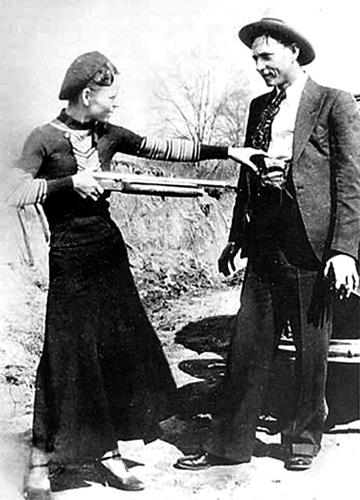
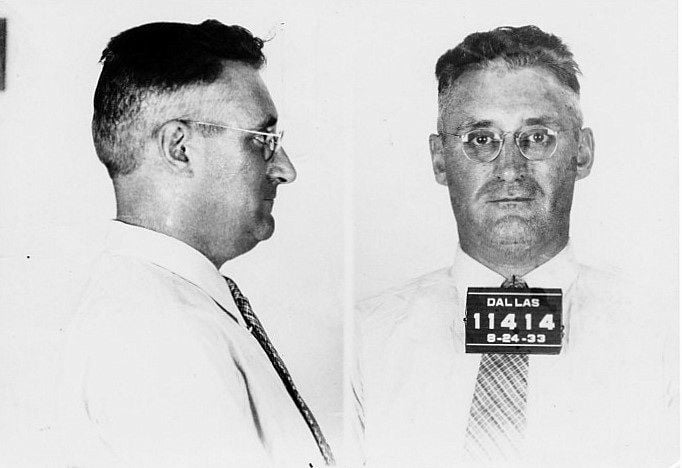




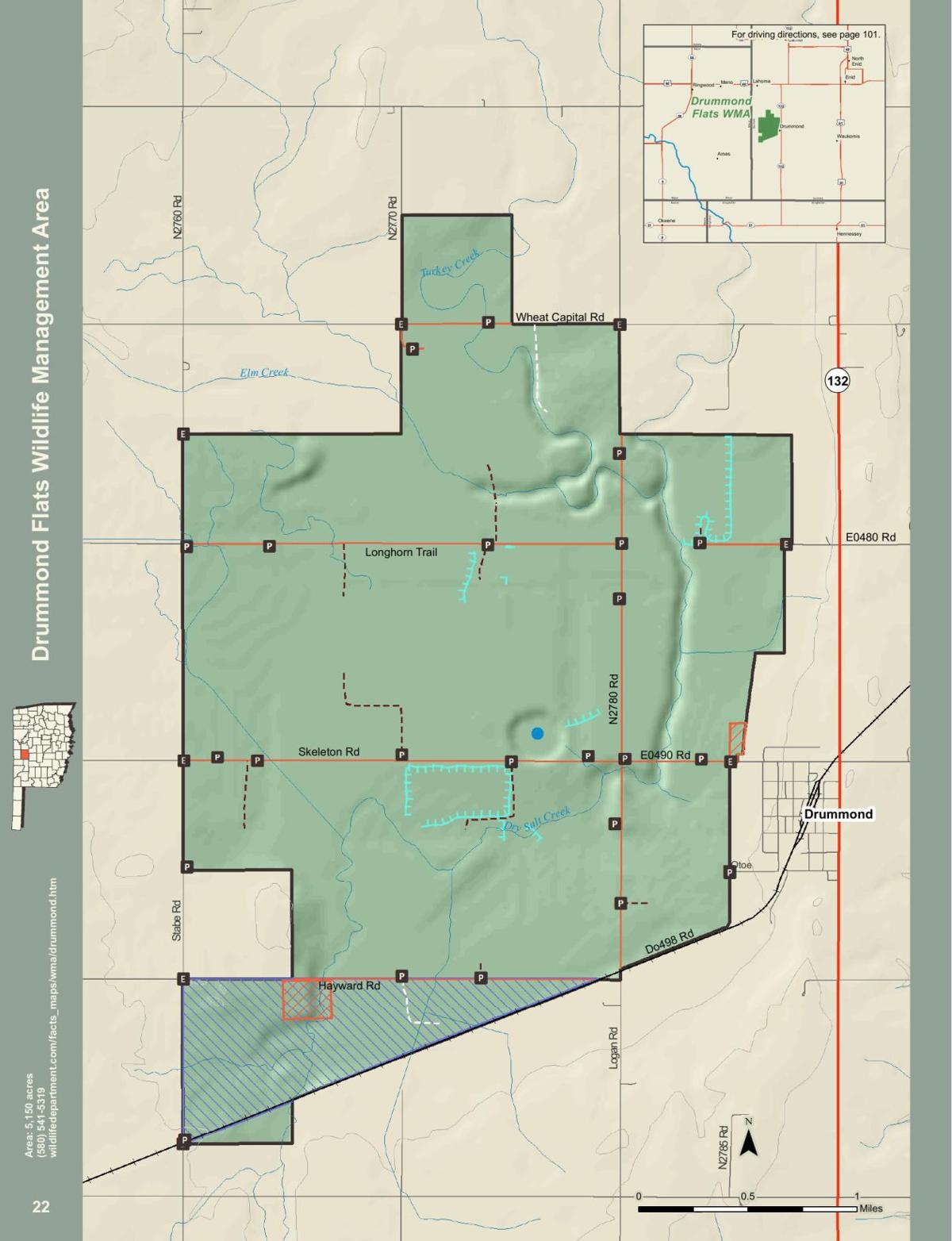
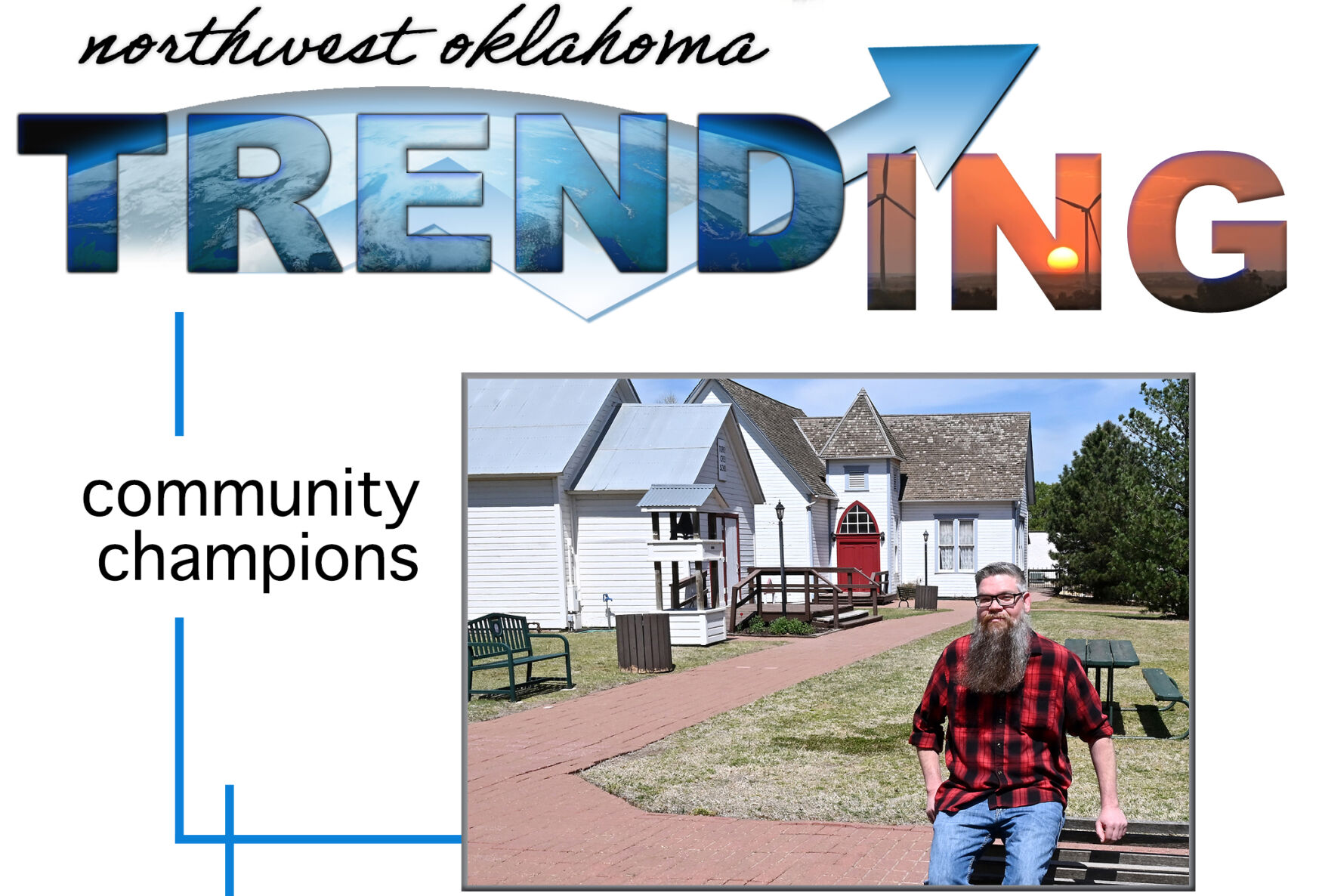
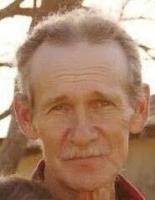
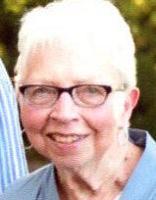

















Commented
Sorry, there are no recent results for popular commented articles.